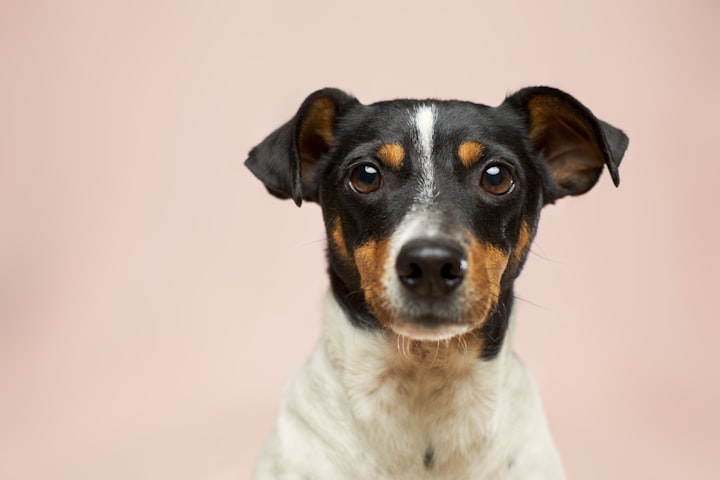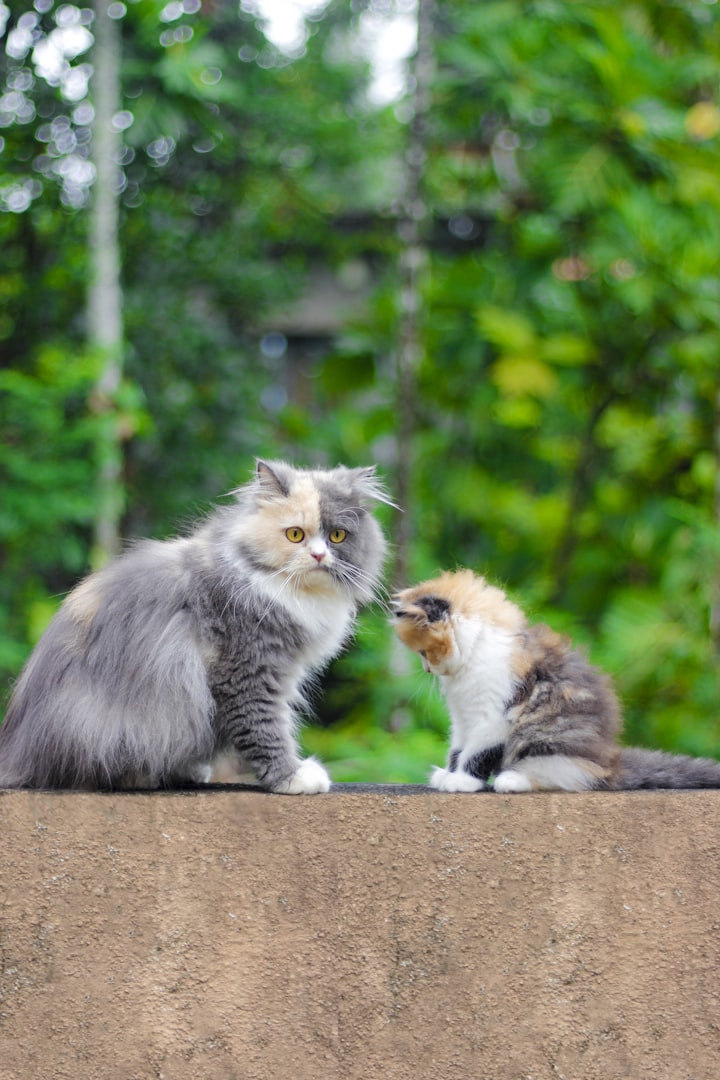Making your home puppy proof
Extract from the puppy life ebook

1.Puppy-proofing Your Home
It’s impossible to provide constant supervision for your energetic, curious pup, so it’s important to prepare your home before letting him loose in it. Secure electrical cords and move potentially toxic plants or substances, such as cleaning supplies and insecticides, out of reach. It’s a good idea to crawl through your home to get a puppy’s-eye view of his surroundings. Remove anything he might be tempted to chew or swallow, and close off vents, pet doors or any other openings that might allow him to become lost or stuck. Not only will this help keep him safe, it will also ease your anxiety that your new pup is lost.
You’ll need to be ready to start house training your pup as soon as you bring him home. If you plan to crate train him, have the crate ready. Make it comfortable by lining it with blankets or a dog bed, but make sure it’s large enough that he’ll have plenty of room to stand up, turn around, and lie down. Slowly introduce him to the crate by leaving the door open and letting him explore it on his own. You can help tempt him to go in by throwing in a toy or a couple of pieces of food. The more comfortable he is with going into the crate, the easier it will be on both of you during training.
If you’re forgoing a crate, prepare a small area, such as a powder room or a corner of a kitchen or laundry room, where he can be confined and kept away from other pets and small children. Be sure to provide some puppy training pads to catch any accidents, and include a dog bed, his food and water dishes and a toy or two. This area will serve as home base, a safe space from which he can slowly be introduced to the other members of your household and that provides a retreat when he becomes overwhelmed or needs a time out
2. Free of charge: cover and contain cords. Protect your new puppy from accidental shock, burns to the mouth, or worse, by using sturdy cord covers or deterrent sprays on electric cords, chargers, and power cables. Of course, a young pup should always be supervised when not contained in a crate or pen, but providing plenty of chew toys will also help to give your puppy a better outlet (pun intended) for their chewing energy.
3.Properly stow your bags. It’s very likely that your purse, backpack, gym bag, or diaper bag contains one, if not many items that pose a threat to your new pup. Xylitol poisoning is becoming more and more common as it creeps into more products, like sugar-free gum, hand creams, etc. See a list of 700+ products containing xylitol here. Unintentional poisoning is one of the most common pet emergencies, so be sure to store bags in a closed closet or on a sturdy hook that is high and out of reach. Don’t let family members or visitors off the hook either.
4.Create a drug-free zone. Human medications are the most common source of poisoning for pets every year, so be sure that all medications and supplements that might be sitting on nightstands or countertops are safely stored in secure cabinets or drawers. It is also wise to store pet medications separately from yours, and always dispense pills and liquids over a sink or bowl in case of spills.
Click here to Buy book and continue reading or click here to follow us get the book for free





Comments
There are no comments for this story
Be the first to respond and start the conversation.